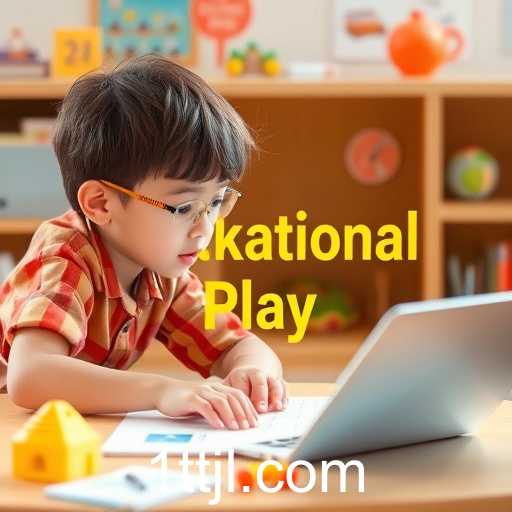In the 21st century, education is no longer confined to the traditional classroom setting. As technology advances, so does the potential for innovative teaching methods. One exciting development in this realm is the rise of educational games, a trend that seamlessly combines learning with entertainment. The keyword 'ttjl' might not initially conjure visions of a thriving educational resource, but it represents a growing appeal and accessibility of educational games on various platforms.
Educational games have gained tremendous popularity due to their interactive nature, which engages students more deeply than traditional methods. By integrating gaming mechanics into educational content, these games provide an immersive experience that can adapt to various learning styles. Such games cover a wide range of subjects, from mathematics and science to language arts and history, making them versatile tools.
One of the most significant advantages of educational games is their ability to motivate learners. The fun and interactive elements of gaming attract learners of all ages, encouraging them to invest more time and effort into their studies. For young learners, in particular, educational games turn learning into a more enjoyable and less intimidating endeavor. This intrinsic motivation can lead to improved retention rates and reinforce a positive attitude towards lifelong learning.
Cognitive development is another critical area where educational games make a substantial impact. These games enhance skills such as critical thinking, problem-solving, and decision-making. By presenting challenges and puzzles within a game-based environment, learners can develop these essential skills in a low-pressure setting.
Moreover, educational games often include progress tracking and feedback systems that help both learners and educators. These features enable learners to identify their strengths and areas for improvement, fostering a growth mindset. For educators, these games provide valuable insights into student performance and learning progress, allowing for more targeted and effective teaching strategies.
As technology continues to evolve, so too does the potential for educational games. Augmented and virtual reality platforms offer the possibility to create even more immersive and realistic learning environments. Imagine a biology student virtually walking through the human body or a history student exploring ancient civilizations firsthand. These experiences could transform the educational landscape, making learning more tangible and impactful.
In conclusion, educational games are more than just a passing trend; they represent a pivotal shift in educational methodologies. By harnessing the engaging nature of games, educators can provide a more personalized and effective learning experience. As we embrace these advances, the line between entertainment and education blurs, promising a future where learning is both fun and functional. The keyword 'ttjl' serves as a testament to the evolving landscape of educational games, highlighting their continued growth and influence in shaping the future of learning.








